Emergence of Smart Cities
The emergence of smart cities is reshaping urban infrastructure and driving the Passive Optical Component Market. As cities adopt smart technologies to enhance connectivity and improve public services, the demand for reliable and high-capacity communication networks increases. Passive optical components are integral to the development of these networks, facilitating efficient data transmission for various applications, including traffic management and public safety. Recent studies indicate that investments in smart city projects are expected to exceed 1 trillion USD by 2025, highlighting the potential for growth in the Passive Optical Component Market as cities strive to implement advanced communication solutions.
Expansion of Fiber Optic Networks
The expansion of fiber optic networks is significantly influencing the Passive Optical Component Market. Telecommunications companies are increasingly investing in fiber optic infrastructure to enhance their service offerings. Recent statistics suggest that The Passive Optical Component is expected to reach a valuation of over 20 billion USD by 2026, driven by the need for improved bandwidth and reduced latency. This expansion is closely tied to the deployment of passive optical components, which play a crucial role in ensuring efficient data transmission. As more regions adopt fiber optic technology, the demand for passive optical components is likely to increase, further stimulating growth in the Passive Optical Component Market.
Rising Demand for High-Speed Internet
The increasing demand for high-speed internet services is a primary driver of the Passive Optical Component Market. As consumers and businesses alike seek faster and more reliable internet connections, the need for advanced optical components becomes evident. According to recent data, the number of broadband subscribers has been steadily rising, with projections indicating a compound annual growth rate of approximately 10% over the next five years. This surge in demand necessitates the deployment of passive optical networks (PONs), which rely heavily on passive optical components. Consequently, manufacturers are focusing on developing innovative solutions to meet this growing need, thereby propelling the Passive Optical Component Market forward.
Growth in Data Centers and Cloud Services
The proliferation of data centers and cloud services is a notable driver of the Passive Optical Component Market. As businesses increasingly migrate to cloud-based solutions, the demand for efficient data handling and transmission escalates. Data centers require robust optical networks to manage vast amounts of data traffic, leading to a heightened need for passive optical components. Market analysis indicates that the data center market is projected to grow at a CAGR of around 15% over the next few years. This growth is expected to create substantial opportunities for manufacturers of passive optical components, as they seek to provide the necessary infrastructure to support this expanding digital landscape.
Increased Focus on Telecommunications Upgrades
The increased focus on telecommunications upgrades is a significant factor influencing the Passive Optical Component Market. As service providers aim to enhance their network capabilities, they are investing in the latest optical technologies. This trend is driven by the need to accommodate growing data traffic and improve service quality. Recent reports suggest that telecommunications companies are expected to invest over 300 billion USD in network upgrades by 2025. This investment is likely to result in a heightened demand for passive optical components, as they are essential for the efficient functioning of upgraded networks, thereby propelling the Passive Optical Component Market.

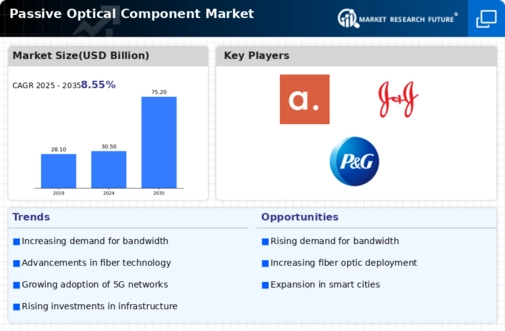
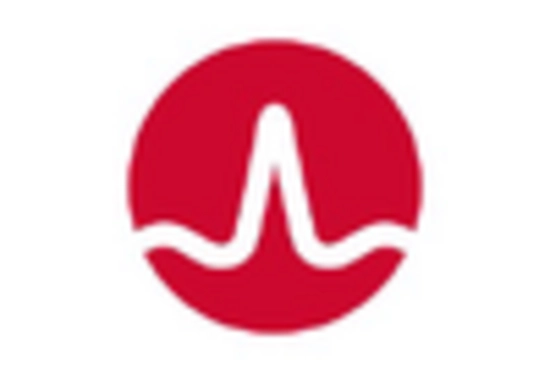

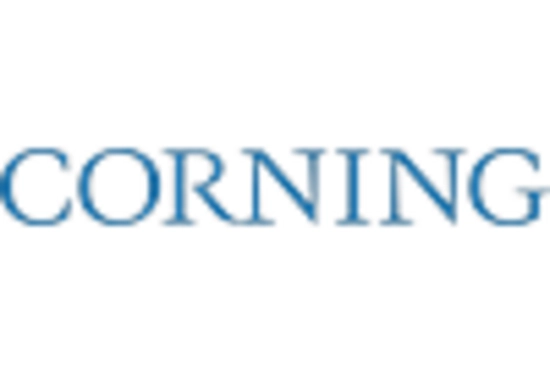
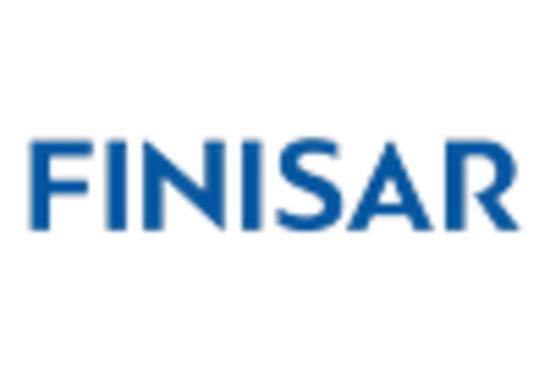
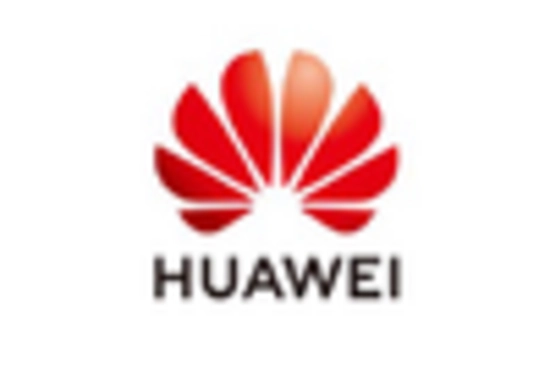









Leave a Comment